
For student’s struggling with visual processing, it is likely that it will show up academically in spelling, mathematics, and reading. For example, the difficulties may result in recognizing previously learned information, remembering letters and numbers, difficulty discriminating between letter such as b, d, p, q, and mathematical concepts related to size, magnitude or position, and mistaking words with similar letters (i.e. eat, tea, ate). Keep in mind that for each student struggling with visual processing difficulties, the areas of need may include each of the above areas of difficulty or only some, each student’s needs will be unique and require individualized support. Additionally, be clear that visual processing is not related to poor vision or a visual impairment. Visual processing is not about how clearly one see’s, but how well the brain interprets what is seen.
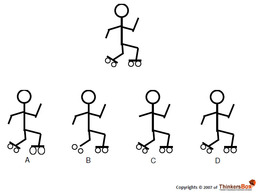
Spatial relationships is the ability to perceive positions of objects in relation to other objects such as figure reversals or rotations. Student with these issues have difficulty telling where objects are in space. That includes how far things are from them and from each other. It also includes objects and characters described on paper or in a spoken narrative. Student may also have a tough time reading maps and judging time.

Visual closure is the ability to identify a whole figure when pieces are missing. Students with these issues have difficulty identifying an object when only parts are visible. They may not recognize a truck if it’s missing wheels. Or a person in a drawing that is missing a facial feature. Students may also have great difficulty with spelling because they can’t recognize a word if a letter is missing.
Visual memory is the ability to recognize an item shortly after it has been removed. Students with difficulty recalling what they’ve seen may struggle with reading and spelling. They may also have trouble remembering what they’ve read and using a calculator or keyboard.
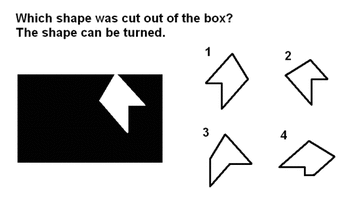
Visual form constancy is the ability to recognize objects as they change size, shape, or orientation. Students with difficulties in this area may struggle to recognize that a picture is the same as a real object, misperceive size, height, width, distance of an object, and be unable to recognize everyday objects when item is in a different size (i.e. scissors).

Meka Tull, School Psychologist and Interim Director of School Partnerships


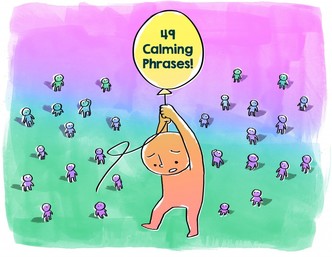










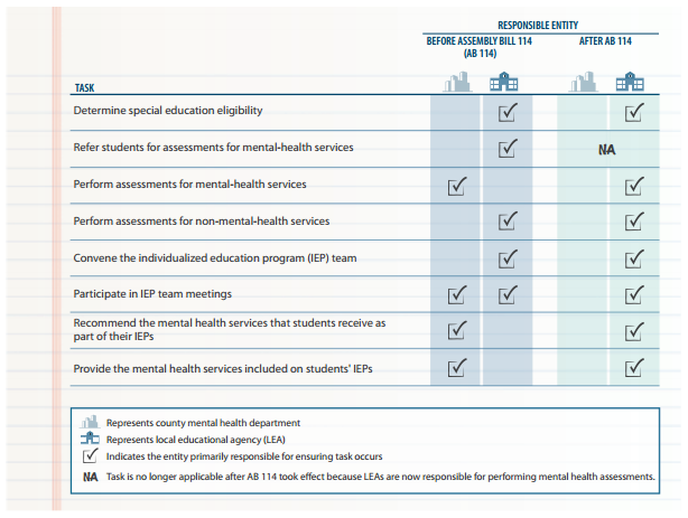

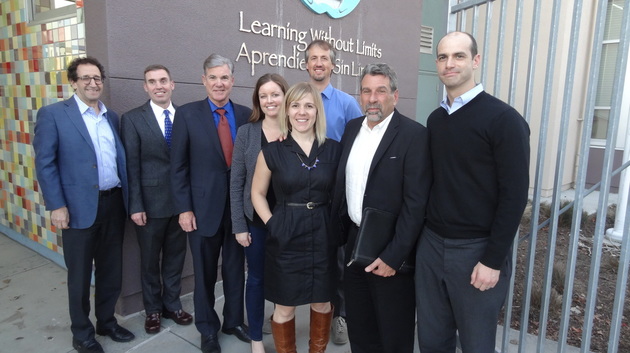


 RSS Feed
RSS Feed